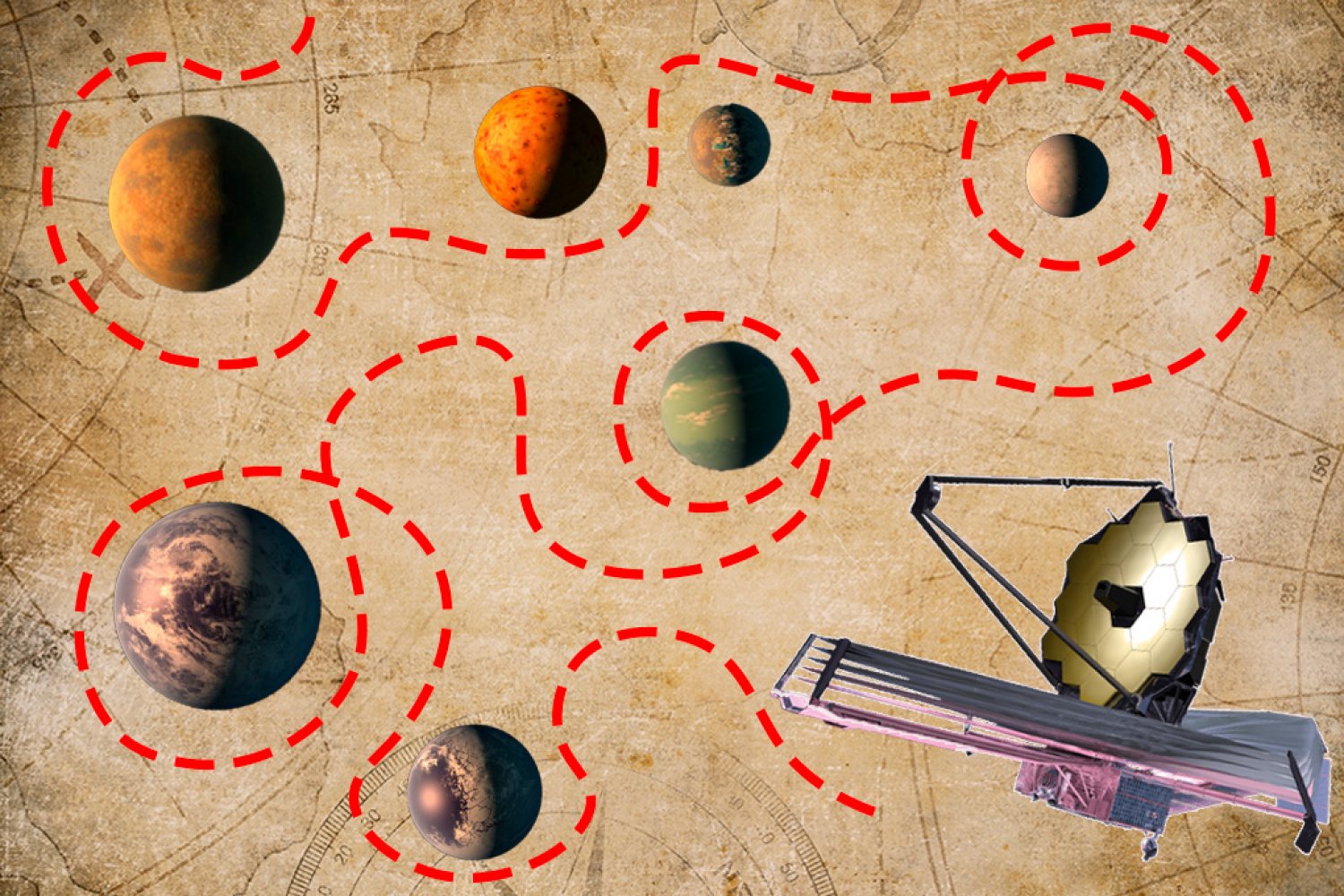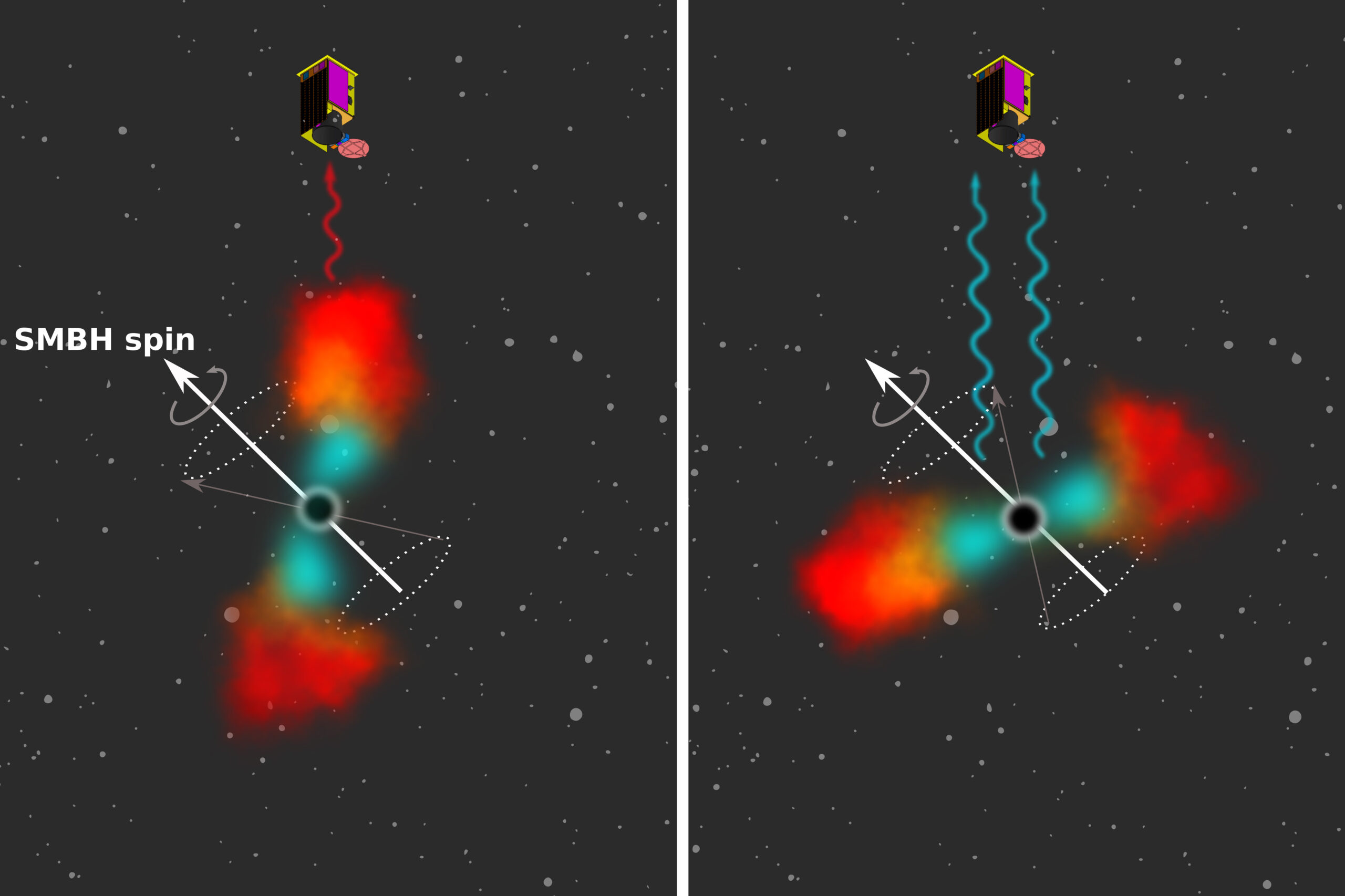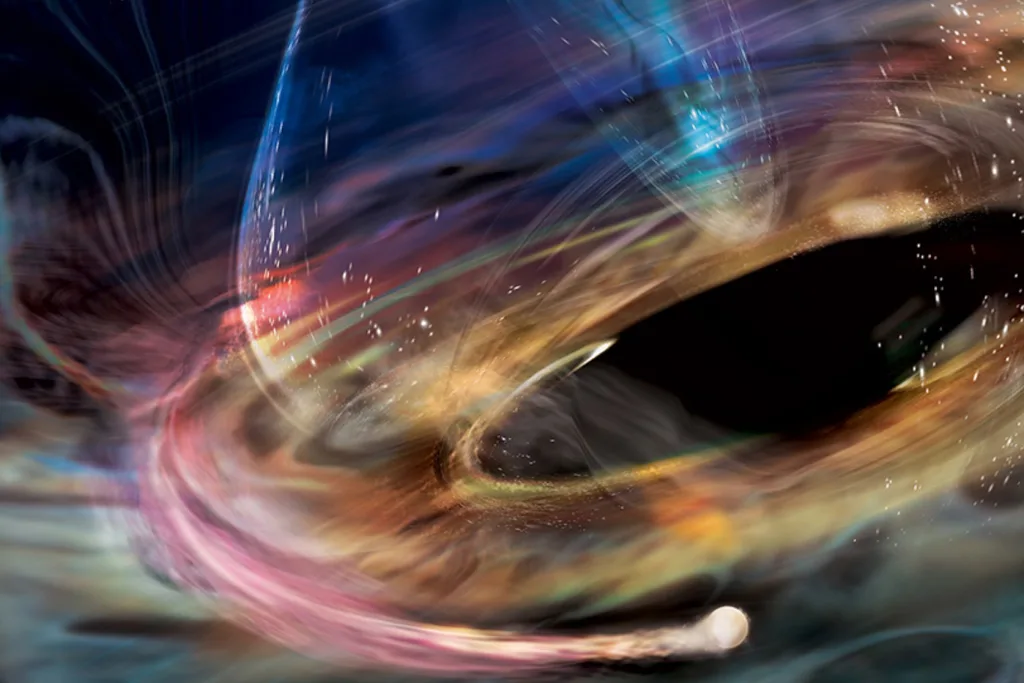The launch of NASA’s James Webb Space Telescope (JWST) in 2021 heralded a groundbreaking era for exoplanet research, particularly for scientists focused on terrestrial planets orbiting distant stars. However, three years into its mission, researchers have encountered obstacles that are hindering progress.
In a recent publication in Nature Astronomy, the TRAPPIST-1 JWST Community Initiative presents a detailed roadmap aimed at addressing these challenges through enhanced data collection methods, ultimately benefiting the broader astronomy community.
“An entire community of experts has united to tackle these intricate cross-disciplinary challenges, designing a pioneering multiyear observational strategy to equip JWST to identify habitable worlds throughout its lifespan,” explains Julien de Wit, an associate professor in MIT’s Department of Earth, Atmospheric and Planetary Sciences (EAPS) and a lead author of the study.
A Rewarding Discovery
Situated 41 light-years from Earth, the TRAPPIST-1 system, featuring seven planets, offers a rare chance to examine a multi-planetary system with diverse planetary compositions, akin to our solar system.
“It’s an incredible target: not only one, but potentially three planets located in the habitable zone, allowing for real comparisons within the same system,” remarks René Doyon from the Université de Montréal, co-leading the study with de Wit. “Only a few well-characterized temperate rocky planets exist from which we might detect atmospheric signatures, and most of them are part of the TRAPPIST-1 system.”
Researchers, including de Wit and Doyon, utilize transmission spectroscopy to study exoplanet atmospheres. This technique involves analyzing the starlight that filters through a planet’s atmosphere during its transit in front of its host star, enabling the detection of various elements.
Because the planets in the TRAPPIST-1 system have rapid orbital periods, their transits frequently overlap. Transit observation windows typically last five hours, and when scheduled effectively, nearly half can capture at least two transits simultaneously. This “two-for-one” approach not only conserves time but also enhances data collection, maximizing efficiency.
Addressing Stellar Contamination
Stellar surfaces are not uniform; they can vary in temperature, resulting in hotter and cooler spots. Such variations can lead to molecular condensation, as seen with water vapor, which can then interfere with the transmission spectra. This phenomenon, known as “stellar contamination,” complicates the interpretation of a planet’s atmospheric composition, often leading to misleading results. While historically overlooked, the enhanced capabilities of JWST have unveiled the extent of stellar contamination in the context of planetary atmosphere research.
EAPS researcher Ben Rackham faced similar challenges when his initial PhD research on small exoplanets at the Magellan Telescopes in Chile was disrupted. Now, he notices the same issues resurfacing with JWST data.
“As anticipated based on my earlier work with ground-based telescope data, the initial spectral signatures obtained with JWST don’t provide coherent planetary interpretations,” Rackham states. “The features are unexpected and vary from transit to transit.”
Rackham and David Berardo, a postdoc in EAPS, have collaborated with de Wit to develop methods for correcting stellar contamination. They propose two approaches: refining models of stellar spectra and employing direct observations for correction.
“By observing a star’s rotation, we can utilize JWST’s sensitivity to construct a clearer portrait of its surface, resulting in more accurate measurements of the atmospheres of transiting planets,” explains Berardo. Coupled with the proposed back-to-back transit studies, this research provides vital data to mitigate stellar contamination effects in both current and past studies.
Looking Beyond TRAPPIST-1
The current roadmap emerged from the collaborative efforts of the TRAPPIST JWST Community Initiative, which sought to consolidate various programs focused on individual planets that previously prevented optimal use of transit observation windows.
“We realized early on that achieving this goal would require a community-wide effort to avoid the pitfalls of fragmented observation programs,” remarks de Wit. “Our aspiration now is to initiate a large-scale collaboration guided by this roadmap, generating timely scientific results.” De Wit envisions being able to identify habitable or uninhabitable worlds around TRAPPIST-1 within the next decade.
Both de Wit and Doyon believe that the TRAPPIST-1 system serves as an ideal platform for key research on exoplanet atmospheres, findings of which can also apply to other systems. “The TRAPPIST-1 system will be instrumental not only for its own planets but also for refining methods to correct stellar activity impacts on many other transmission spectroscopy efforts,” remarks Doyon.
“We stand on the brink of transformative discoveries with a clear pathway laid out before us,” concludes de Wit. “We just need to follow our roadmap diligently.”
Photo credit & article inspired by: Massachusetts Institute of Technology



